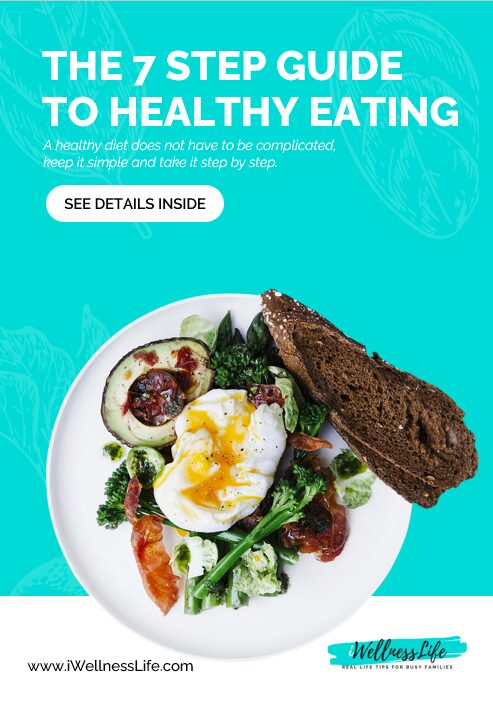The dead bug exercise is a powerful tool for busy parents aiming to strengthen their core and improve overall fitness. It’s functional, beginner-friendly, and helps protect the lower back while preparing you for everyday activities. Here’s how to do it right and adapt it to your fitness level.
Key Takeaways
- Strengthens the Core: The dead bug trains your core muscles as your limbs move, enhancing stability and improving movement efficiency.
- Lower Back Protection: Proper form ensures your lower back stays against the floor, preventing strain.
- Progressions for Growth: Start simple and work up to variations that include arm and leg extensions for increased difficulty.
- Full-Body Engagement: This exercise targets the rectus abdominis, obliques, deep core muscles, hip flexors, and even the diaphragm.
What is the Dead Bug Exercise?
The dead bug involves lying on your back, raising your arms and legs, and moving them in controlled patterns while maintaining a neutral pelvis. It’s named after the posture of a beetle flipped on its back. This move strengthens your core, preps your lower back for safe movement, and improves your ability to breathe under tension—a skill that’s vital for lifting, running, and everyday activities like lifting kids or carrying groceries.
Step-by-Step Guide to the Dead Bug Exercise
Basic Dead Bug
Perfect for beginners, this variation teaches you how to brace your core while maintaining a stable pelvis.
- Starting Position: Lie on your back with knees bent and feet flat on the floor. Tuck your chin slightly for a neutral head position.
- Engage the Core: Flatten your lower back against the floor by tucking your tailbone. Feel your core muscles engage.
- Elevate Limbs: Lift one foot at a time so your knees are bent at 90 degrees, directly over your hips. Raise your arms straight above your shoulders. Hold for 30 seconds or as long as you can, ensuring you can still breathe comfortably.
Common Mistakes:
- Holding your breath—stay relaxed but engaged.
- Letting your lower back arch off the floor.
Progressions for Busy Parents
1. Dead Bug with Heel and Finger Taps
- Start in the basic dead bug position.
- Slowly reach one arm back behind your head while tapping the opposite foot to the floor. Keep the other arm and leg steady.
- Return to the starting position and switch sides. Perform slowly at first, increasing tempo as you build confidence.
2. Dead Bug with Reach
- Extend one arm and the opposite leg fully until they hover just above the floor.
- Maintain a stable lower back. If your back arches, reduce the range of motion.
- Alternate sides, focusing on controlled breathing.
3. Advanced Dead Bug with Straight Arms and Legs
- Start with arms and legs extended over your shoulders and hips.
- Slowly lower opposite limbs toward the floor, keeping them straight.
- Return to the starting position and repeat on the other side. This variation challenges even experienced fitness enthusiasts.
Muscles Worked by the Dead Bug
The dead bug targets several key muscle groups:
- Rectus Abdominis: Your “six-pack” muscle.
- Obliques: Support rotational movements and side stability.
- Transverse Abdominis: Deep core stabilizer.
- Hip Flexors and Pelvic Floor: Essential for lower body control.
- Spinal Erectors: Stabilize your back and posture.
How to Incorporate Dead Bugs into Your Routine
Morning or Evening Core Work
- Perform 3 sets of 15–30 seconds.
- Great as a warm-up to energize your day or as a relaxing wind-down before bed.
During Workouts
- Use dead bugs as an activation exercise after light mobility work to prep your core for heavier lifts.
- Pair with less core-intensive exercises like lunges or rows for added core training.
Caution
Avoid doing dead bugs between heavy compound lifts (like deadlifts or squats) to prevent over-fatiguing your core.
The dead bug is a simple yet effective exercise for busy parents striving to improve their health and fitness. With its scalable progressions, you can make it work for your fitness level while setting a great example for your family. So, roll out your mat, carve out a few minutes, and start building a core that supports you in all the demands of parenthood and beyond!

Subscribe To Our VIP Newsletter
Join our VIP mailing list to receive additional content that goes even deeper into the latest tips to ensure you and your families health, fitness and wellness.























